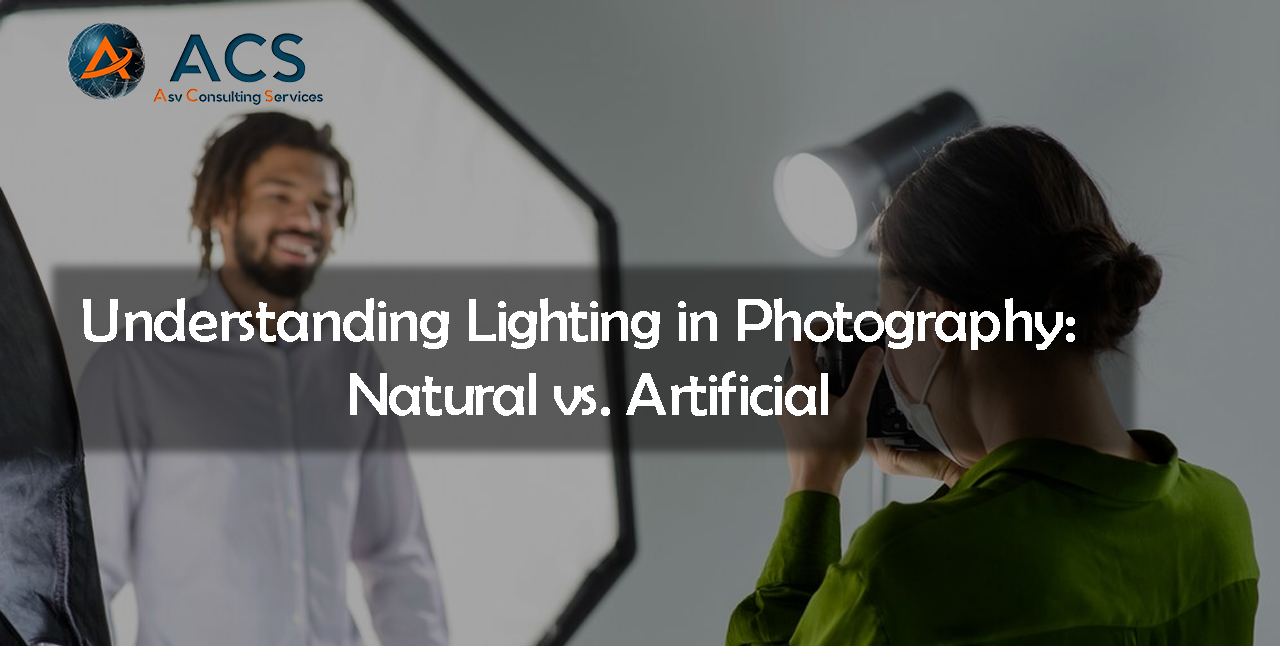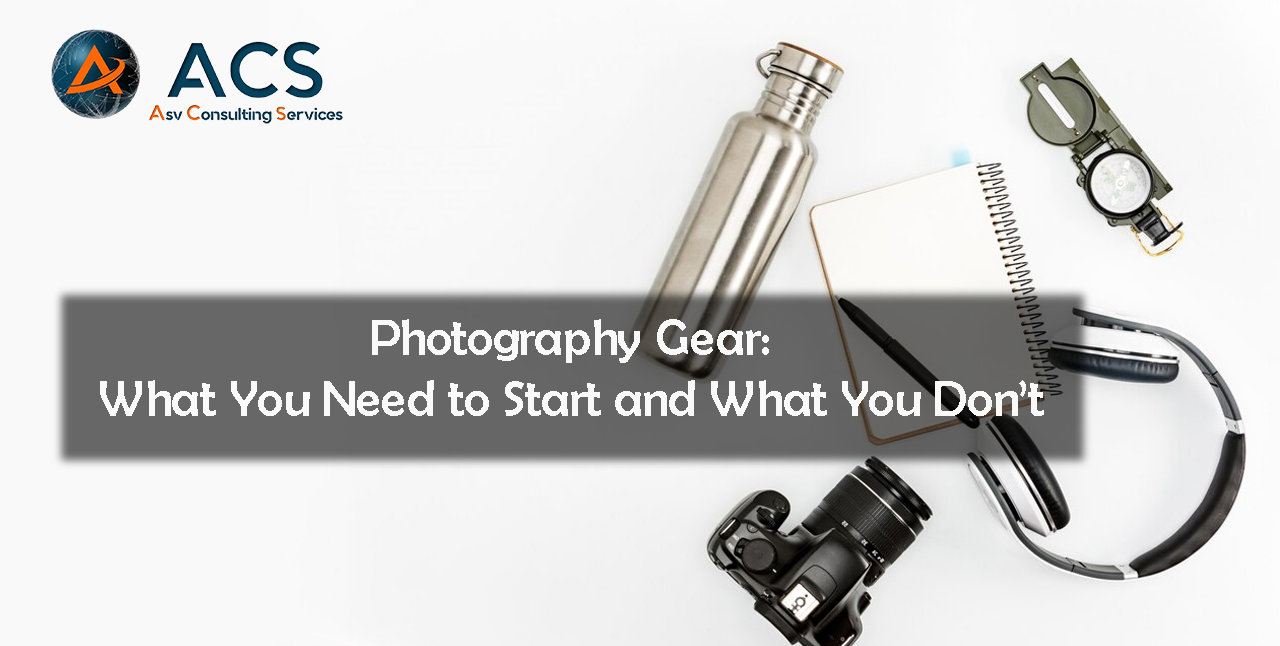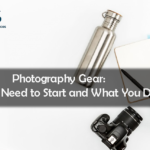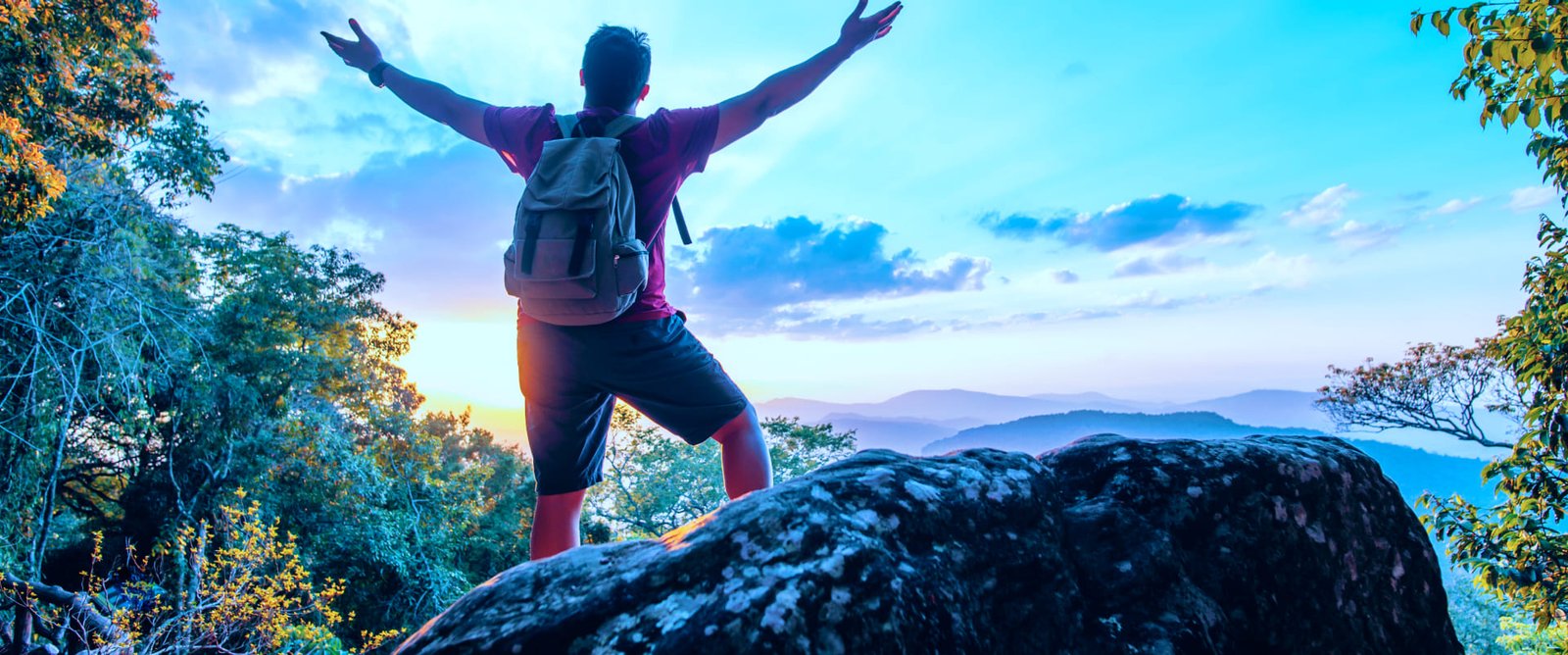Overview
Lighting is one of the most crucial elements in photography. Whether using natural light or artificial sources, understanding how to work with light can significantly improve your images. This blog explains the different types of lighting and how to use them effectively.
Content Highlights
- Natural Light:
- The advantages of using natural light, such as its softness and how it changes throughout the day.
- How to make the most of golden hour and blue hour lighting for portraits and landscapes.
- Artificial Light:
- Different artificial lighting options, such as flash, LED, and studio lights.
- How to use lighting modifiers like softboxes, umbrellas, and reflectors to control the light.
- The Importance of Directional Lighting:
- How the angle and direction of light impact the texture, mood, and depth of a photo.
- Example: Side lighting for dramatic portraits or backlighting for silhouette shots.
- Using Mixed Lighting:
- Combining natural and artificial light sources for creative effects, such as using a flash in daylight to fill in shadows.
- Creative Lighting Techniques:
- Using techniques like light painting or long exposure to create unique effects with light.
Closing Thoughts
Mastering both natural and artificial lighting gives photographers more creative control over their images, allowing them to produce professional-looking photos under any condition.













